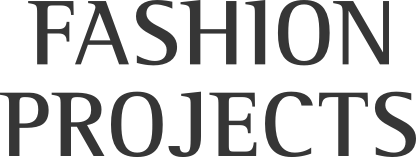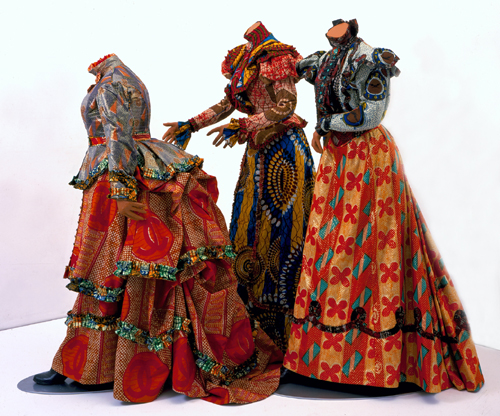Spring Fashion Events around NYC
/Jane Fonda in Klute
by Sarah Scaturro
This spring there are a lot of events occurring around NYC with fashion as the main focus. Here is a breakdown of the ones that I’ve been able to find, and they are all free! Please leave a comment if I've left anything out.
April 9th - Richard Martin Visual Culture Symposium Tonight is the Annual Richard Martin Visual Culture Symposium at NYU, which allows the graduating students of the Visual Culture MA program to lecture on their thesis topic. Worn Through has a breakdown of the topics and schedule.
April 13th, 20th and 27th – Fashion In Film: New York City The brand new MA program in Fashion Studies at Parsons The New School for Design is hosting a fashion in film series for the entire month of April. Curated by Jeffrey Lieber, Assistant Professor of Visual Culture Studies, the series has some fashion classics - Annie Hall and Sabrina - but also some lesser-known films with impressive fashions, such as Klute (Jane Fonda) and On a Clear Day You Can See Forever (Barbara Streisand).
April 15th – 16th Bard Graduate Center Annual Symposium Bard Graduate Center is having their annual symposium on April 15-16th on the topic of Secondhand Culture: Waste, Value, and Materiality. I can’t wait for to hear Senior Curator of Costume at the ROM Alexandra Palmer speak on “Back to Back: Retro-fitting Fashion within the Museum.” There will also be a screening of the film “Secondhand.”
April 19th – Anna Wintour Lecture According to NY MAG Anna Wintour is giving a free lecture on the 19th at 6 pm at Pratt Institute.
April 22nd – FIT’s 4th Annual Sustainable Business & Design conference This year’s theme is Redesigning for a Sustainable Future. Go here for more information.
April 27th – Mannequins in the Museum: Perspectives on Curating Fashion The lecture I’m most excited for is by Joanne Dolan Ingersoll, a truly talented curator from RISD. She will be giving a lecture for SVA’s Design Criticism MFA lecture series on a topic I have great interest in due to my work: “Mannequins in the Museum: Perspectives on Curating Fashion.”
April 29th – Predicting Color Trends in Fashion FIT is hosting the seriously hardworking historian Reggie Blaszczyk on April 29th when she’ll give a lecture on the history of predicting color trends. I was fortunate enough to meet her at the Business History conference last year in Milan - I had just read her article on Dorothy Liebes called “Designing Synthetics, Building Brands” in the Journal of Design History. As someone who studies synthetics and has handled Liebes’ textiles, the article about blew my mind.
May 4th – Towards Sustainable Fashion Symposium In conjunction with the Scandinavian House’s Eco-Chic exhibition, there will be a panel discussion featuring Marcus Bergman, Karin Stenmar, Sass Brown and Eviana Hartman, and moderated by Hazel Clark, Dean of the School of Art and Design and Theory, Parsons: The New School for Design.
May 8th – FIT’s Annual Fashion and Textiles Symposium This year’s topic for FIT’s Annual Fashion and Textiles Symposium on May 8th sounds great - Americans in Paris: Designers, Buyers, Editors, Photographers, Models, and Clients in Paris Fashion.
May 21st and 22nd - Costume Collections: A Collaborative Model for Museums The Brooklyn Museum and the Costume Institute are hosting a 2-day symposium about their new costume collaboration. I’m looking forward to seeing both exhibitions this spring!












